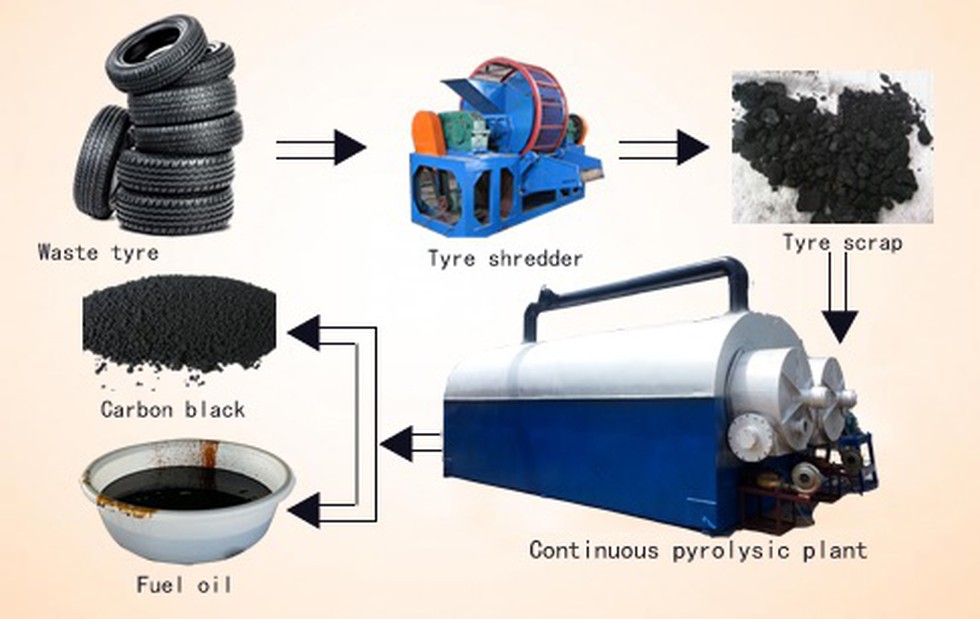It can be observed that the pervaporation process showed better advantages over the other solvent recovery technology in terms of low energy consumption.
Ceramic membrane technology upsc.
By contrast with polymeric membranes they can be used in separations where aggressive media acids strong solvents are present.
However traditional polymeric membranes cannot achieve similar proper results due to wide pore size distribution.
A wide range selection of china membrane products here.
Zhe yang chuyang y.
Get chinese ceramic membrane price from jiuwu hi tech manufacturer.
It could remove adsorptive dyes from wastewater.
Moreover ceramic membranes were successfully applied for milk and other dairy productions fractionation.
Since then technology specialists have developed several products and processes using the perspective ceramic flat sheet membrane concept and established the technology in many water and sewage treatment applications.
The application of ceramic membrane technology can guarantee food hygiene due to its ease of cleaning and sterilization.
More than 25 years ago in 1993 the idea of the ceramic flat sheet membrane was born and patented.
Recently the scientists at council of scientific and industrial research north east institute of science and technology csir neist have developed a ceramic membrane with the help of a mixture of potter s clay stone dust and tea waste which can clean toxic effluents.
Ceramic membranes are a type of artificial membranes made from inorganic materials such as alumina titania zirconia oxides silicon carbide or some glassy materials.
They are used in membrane operations for liquid filtration.
Tubular ceramic membrane porous ceramic membrane ceramic membrane element ceramic membrane module membrane machine and ceramic membrane filtration.
The membrane was tested on effluents from a textile unit.
By combining up to 90 ceramic membrane elements into one vessel the application of ceramic membranes becomes a highly economical and compact solution.
Mf membrane technology microfiltration commonly abbreviated to mf is a type of physical filtration process where a contaminated fluid is passed through a special pore sized membrane to separate microorganisms and suspended particles from process liquid.
To evaluate the feasibility of the ceramic membrane technology in pervaporation a comparison of the pros and cons of the existing technology in solvent recovery is depicted in table 12.
Most ceramic membranes are made of alumina titania silica zirconia or mixture of these materials 93 the basic structure of ceramic membranes consists of a macroporous support layer and meso or microporous active layer.
























